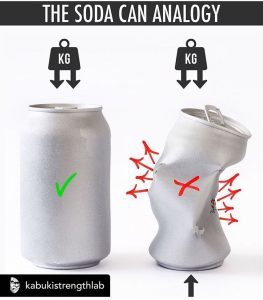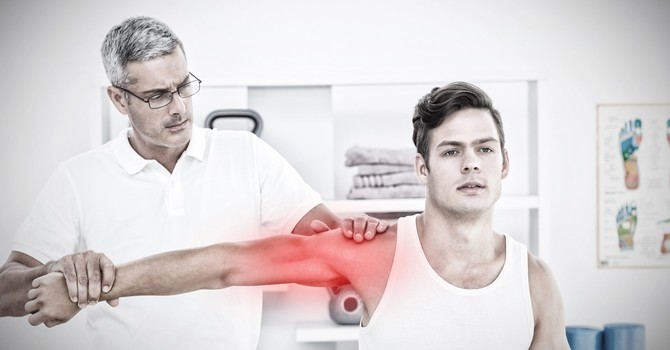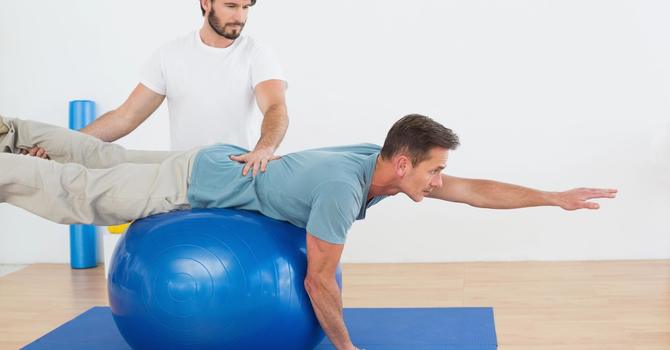Training your core is everywhere. It’s at the gym, it’s on the internet, it’s used in sales pitches. Most of us can say they’ve walked into a gym and see people lounging and twisting on mats doing an “ab routine.” How many of us have googled “exercises to get a flat belly,” or “how to get a six pack?” Don’t worry, you’re not alone. And of course, there are the juice cleanses and supplements out there that ensure you that if you buy their product, you will see the results you crave in your core.
How much do we really know about our core? In this blog, I will teach you about this important part of your body, how to strengthen it, and debunk some very common misconceptions about what it looks like to have a strong and healthy core, and of course, how to “have a six pack” (spoiler alert: I bet it’s not what you think!).
So… What Actually Is Your Core?

The area of your body, commonly referred to as your core, is the midsection of your body. Think of your core as a 360 degree cylinder/canister made up of muscles in your front, sides, and back.
The core is often mistaken for only the Rectus Abdominis (the “Six-Pack Muscle”), but this is just one out of many muscles that make up the core.
The chart to the right sums up what your “Core” is made of, and as you can see it is much more than just your ABS. Another muscle to add to the list of core is your pelvic floor.
These muscles act in unison to provide stabilization of your midsection, and more importantly, allow your extremities (shoulders and hips) to move off a stable foundation.
What Is Core Stability?

Core stability is not defined by the strength of our abs or back muscles, but rather how we generate Intra-abdominal pressure (IAP). Think of IAP as pressure in a balloon, when you blow a balloon it expands 360 degrees.
This pressure will allow you to expand your abdominal wall, and start to build a strong foundation. Generating this pressure will allow sufficient stabilization in dynamic movements such deadlifting, squatting, overhead lifting, picking objects off the ground or MOVEMENT in general.
The picture below is a good picture of what your “core” should look like when you’re able to breathe through the diaphragm and generate sufficient intra-abdominal pressure.
How The Diaphragm Helps Your Core
A key component of core stability is the diaphragm. The diaphragm is a dome shaped muscle that sits at the bottom of your rib cage.
The diaphragm has two actions:
- Helps your posture
- Helps you breathe
In order to activate our entire core, we need to be able to use our diaphragm.
As you inhale, the diaphragm will descend into the abdominal cavity. Now your belly is filled with air and the pressure generated will create an eccentric contraction from the muscles in your inner core, causing the abdominal to be pushed outward.
In simpler terms, as you inhale your diaphragm will drop, creating a pressure that will cause your abdominal wall to expand in a 360 degree manner (think soda can picture!)
However, being able to do this consistently and with movement isn’t easy! We teach this concept to every patient who walks through our door because we believe learning how to generate intra-abdominal pressure needs to precede movement.
Once you start learning how to do this consistently, it can be applied to all types of movement, from chores around the house to heavy lifting at the gym.

Five Core Exercises You Can Do At Home
Diaphragmatic Breathing
Deadbugs
Birddog
Side Plank
Quadruped
Three Categories of Core Training: Anti-Extension
1. Deadbugs
2. Landmine Press
Three Categories of Core Training: Anti-Rotation
1. Birddog
2. Half Kneeling Cable Chop
Three Categories of Core Training: Anti-Lateral Flexion
Side Plank
2. Single Arm Heavy Carry
Why Training Your Core Is Important
Training your core plays a huge role in improving your functional fitness. By improving your functional fitness you can perform everyday tasks such as bending, squatting, and lifting easier.
Having a “strong core” really means you’re able to move the hips and shoulders without your spine compensating. If you’re unable to generate intra-abdominal pressure (IAP), stability in the core, and brace for your spine, you’re more likely to compensate with other muscles.
A strong core can help keep you upright whether you’re active or sitting at your desk. It provides a solid foundation for your body to move.
If you’re interested in learning how training your core properly can help you reach your goals, click below to inquire about a free consultation with one of our Strive2Move doctors!




